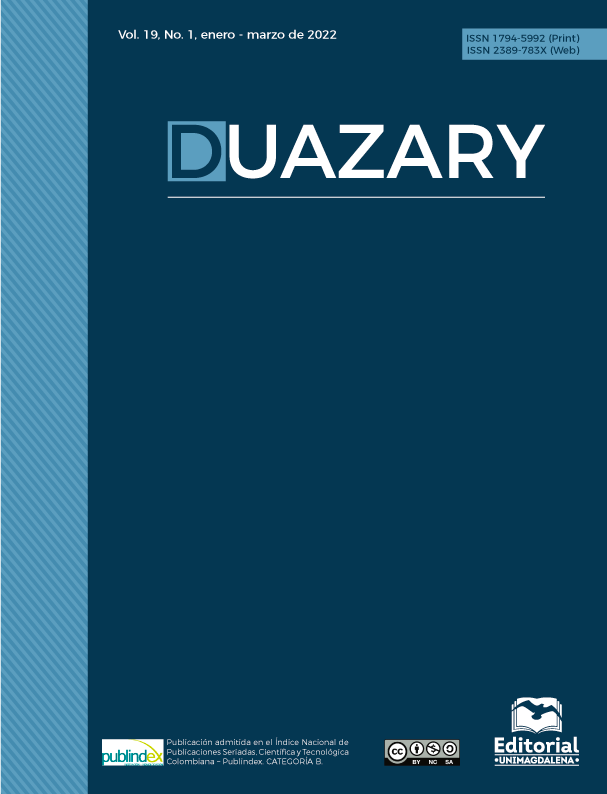Preoperative Leuprolide Acetate in a perimenopausal patient carrying large leiomyomas
Main Article Content
Abstract
Downloads
Article Details

This work is licensed under a Creative Commons Attribution-NonCommercial-ShareAlike 4.0 International License.
References
Borahay MA, Asoglu MR, Mas A, Adam S, Kilic GS, Al-Hendy A. Estrogen Receptors and Signaling in Fibroids: Role in Pathobiology and Therapeutic Implications. Reprod Sci. 2017;24(9):1235-1244. Doi: https://dx.doi.org/10.1177/1933719116678686
Donnez J, Dolmans MM. Uterine fibroid management: From the present to the future. Hum Reprod Update. 2016;22(6):665-686. Doi: https://dx.doi.org/10.1093/humupd/dmw023
Yu X, Fu J, Cao T, Huang L, Qie M, Ouyang Y. Clinicopathologic features and clinical outcomes of intravenous leiomyomatosis of the uterus: A case series. Medicine. 2021;100(1): e24228. Doi: https://dx.doi.org/10.1097/MD.0000000000024228
Schetz M, De Jong A, Deane AM, Druml W, Hemelaar P, Pelosi P, et al. Obesity in the critically ill: a narrative review. Intensive Care Med. 2019;45(6):757-769. Doi: https://dx.doi.org/10.1007/s00134-019-05594-1
Laughlin SK, Stewart EA. Uterine leiomyomas: Individualizing the approach to a heterogeneous condition. Obstet and Gynec. 2011; 117(2): 396–403. https://dx.doi.org/10.1097/AOG.0b013e31820780e3
Vilos GA, Allaire C, Laberge PY, Leyland N, Vilos AG, Murji A, et al. The Management of Uterine Leiomyomas. J Obstet Gynaecol Canada. 2015;37(2):157–78. Doi: https://dx.doi.org/10.1016/S1701-2163(15)30338-8
Laughlin-Tommaso SK, Lu D, Thomas L, Diamond MP, Wallace K, Wegienka G, et al. Short-term quality of life after myomectomy for uterine fibroids from the COMPARE-UF Fibroid Registry. Am J Obstet Gynecol. 2020; 222:345.e1–22. Doi: https://dx.doi.org/10.1016/j.ajog.2019.09.052
Munro MG, Critchley HO, Broder MS, Fraser IS; FIGO Working Group on Menstrual Disorders. FIGO classification system (PALM-COEIN) for causes of abnormal uterine bleeding in nongravid women of reproductive age. Int J Gynecol Obstet. 2011;113(1):3–13. Doi: https://dx.doi.org/10.1016/j.ijgo.2010.11.011
Al-Hendy A, Salama SA. Ethnic distribution of estrogen receptor-α polymorphism is associated with a higher prevalence of uterine leiomyomas in black Americans. Fertil Steril. 2006;86(3):686-693. Doi: https://dx.doi.org/10.1016/j.fertnstert.2006.01.052
Malik M, Britten J, Cox J, Patel A, Catherino WH. Gonadotropin-releasing hormone analogues inhibit leiomyoma extracellular matrix despite presence of gonadal hormones. Fertil Steril. 2016;105(1):214-224. Doi: https://dx.doi.org/10.1016/j.fertnstert.2015.09.006
European Medicines Agencies. Ulipristal acetate for uterine fibroids: EMA recommends restricting use. Published 2021. Accessed May 7, 2021. Available at: https://www.ema.europa.eu/en/documents/referral/ulipristal-acetate-5mg-medicinal-products-article-31-referral-ulipristal-acetate-uterine-fibroids_en.pdf
Chang WC, Chu LH, Huang PS, Huang SC, Sheu BC. Comparison of Laparoscopic Myomectomy in Large Myomas With and Without Leuprolide Acetate. J Minim Invasive Gynecol. 2015;22(6):992-996. Doi: https://dx.doi.org/10.1016/j.jmig.2015.04.026
Di Lieto A, De Falco M, Pollio F, Mansueto G, Salvatore G, Somma P, et al. Clinical response, vascular change, and angiogenesis in gonadotropin-releasing hormone analogue-treated women with uterine myomas. J Soc Gynecol Investig. 2005;12(2):123-128. Doi: https://dx.doi.org/10.1016/j.jsgi.2004.10.008
American College of Obstetricians and Gynecologists (ACOG). Management of Symptomatic Uterine Leiomyomas. Practice Bulletin Summary, Number 228. Obstet Gynecol [Internet]. 2021;137(6):1131–3. Doi: https://dx.doi.org/10.1097/AOG.0000000000004403
Lethaby A, Puscasiu L, Vollenhoven B. Preoperative medical therapy before surgery for uterine fibroids. Cochrane Database Syst Rev. 2017;2017(11):CD000547. Doi: https://dx.doi.org/10.1002/14651858.CD000547.pub2

